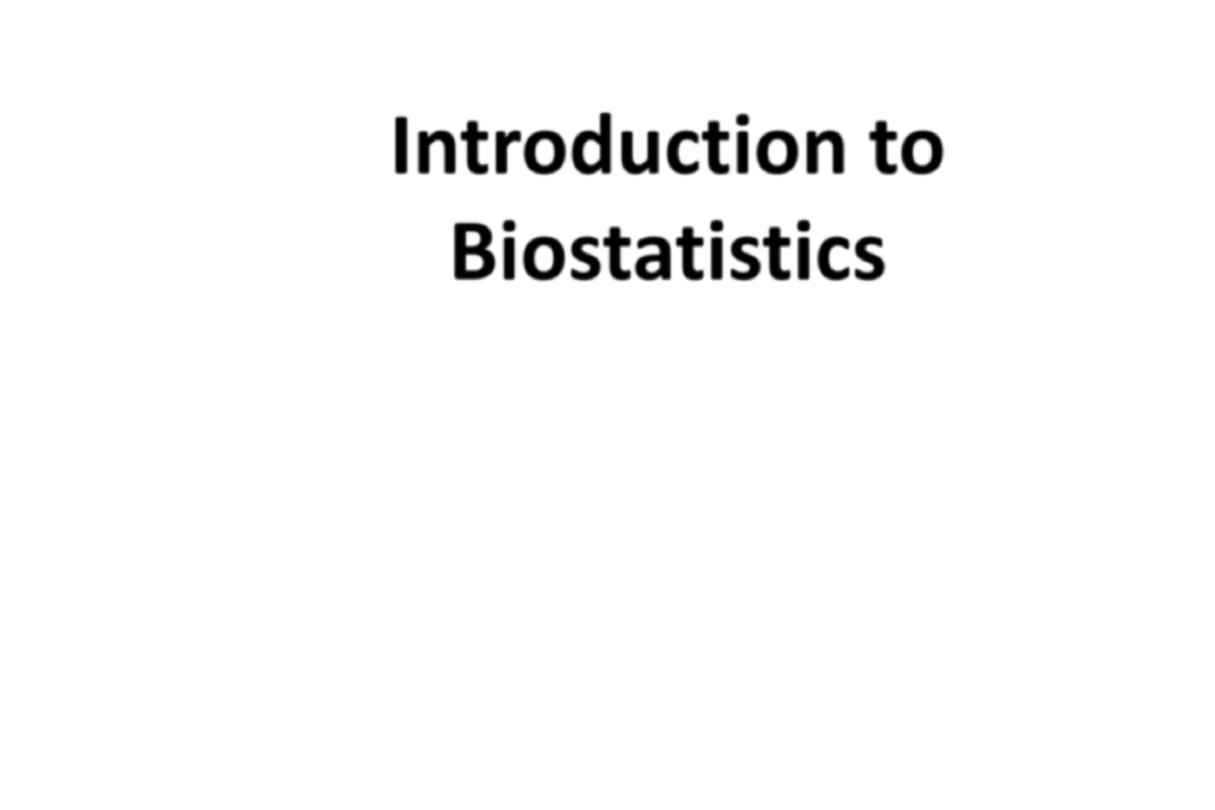
Introduction to
Biostatistics
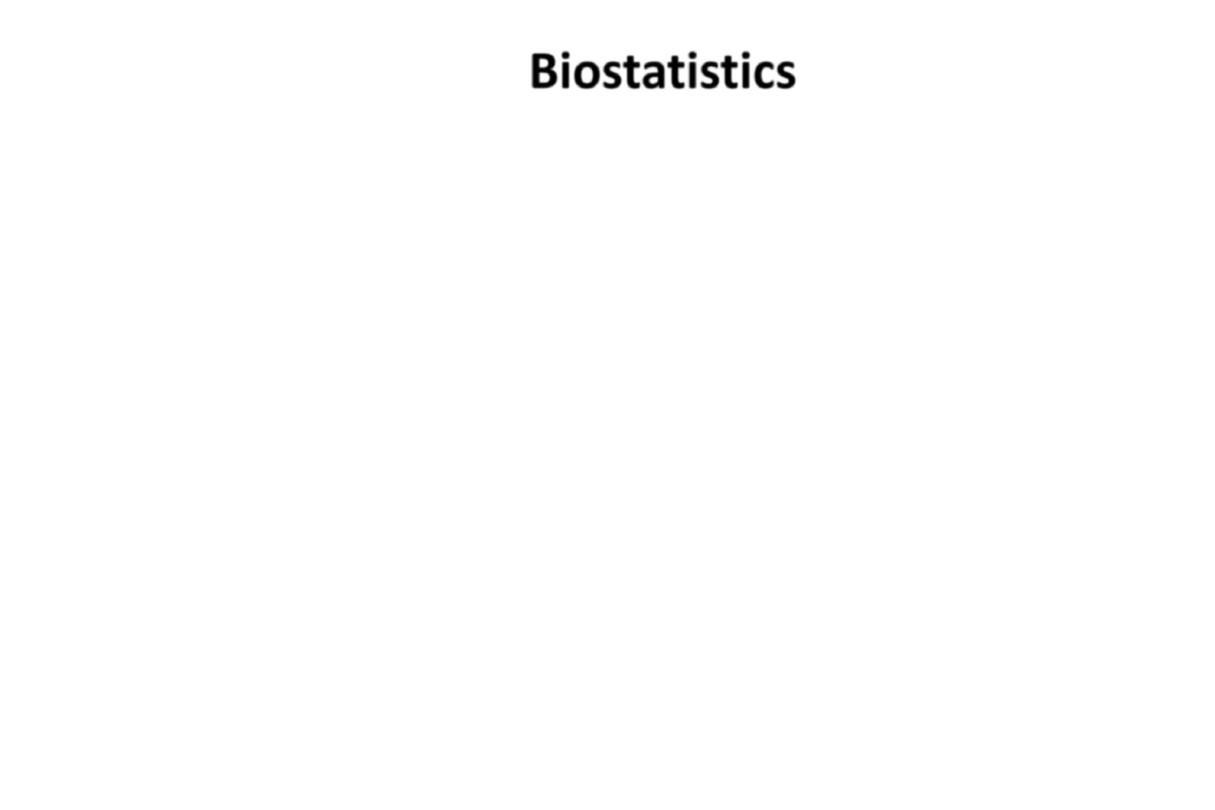
Biostatistics
It is the science which deals with development
and application of the most appropriate methods
for the:
Collection of data.
Presentation of the collected data.
Analysis and interpretation of the results.
Making decisions on the basis of such
analysis

The tools of statistics are employed in
many fields:
- business, education, psychology,
agriculture, economics, … etc.
- When the data analyzed are derived from
the biological science and medicine,
- we use the term biostatistics to
distinguish this particular application of
statistical tools and concepts.

Data
The raw material of Statistics is data.
We may define data as figures. Figures
result from the process of counting or
from taking a measurement.
For example:
- When a hospital administrator counts
the number of patients (counting).
- When a nurse weighs a patient
(measurement)
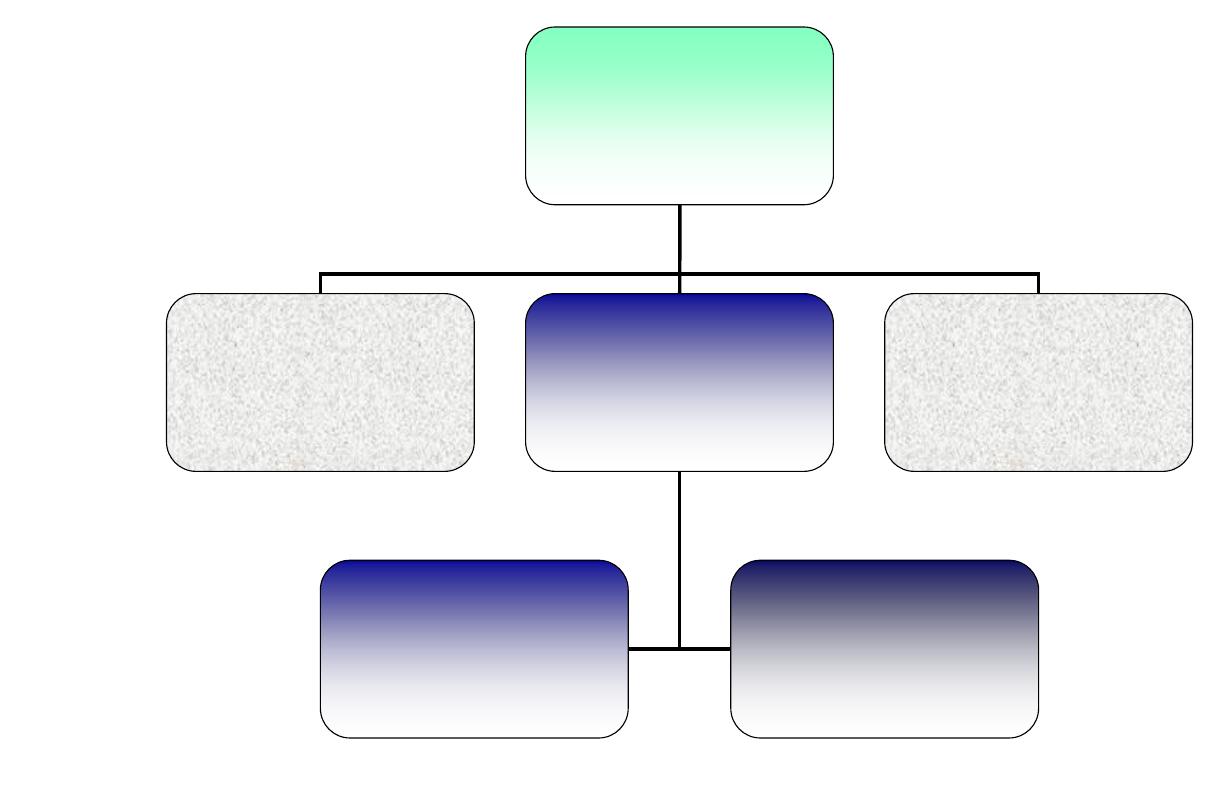
Sources of
data
Records
Surveys
Experiments
Sample
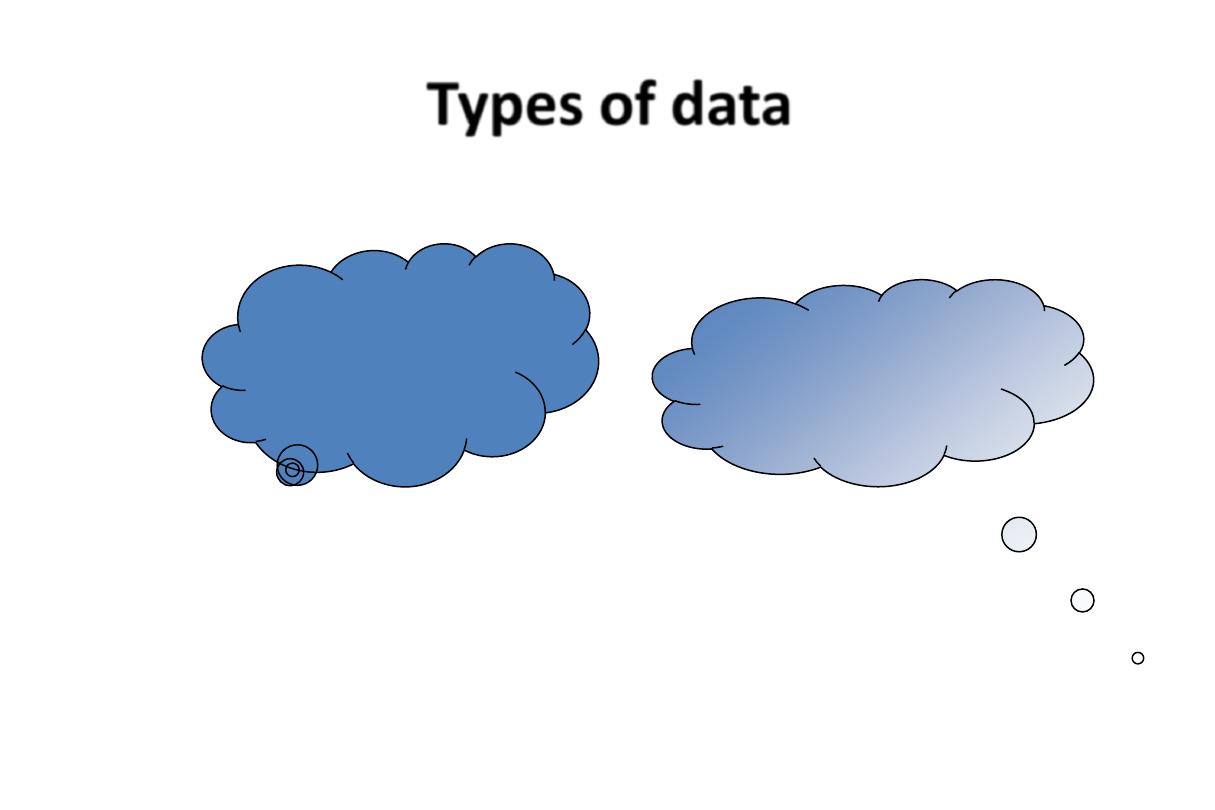
Types of data
Constant
Variables
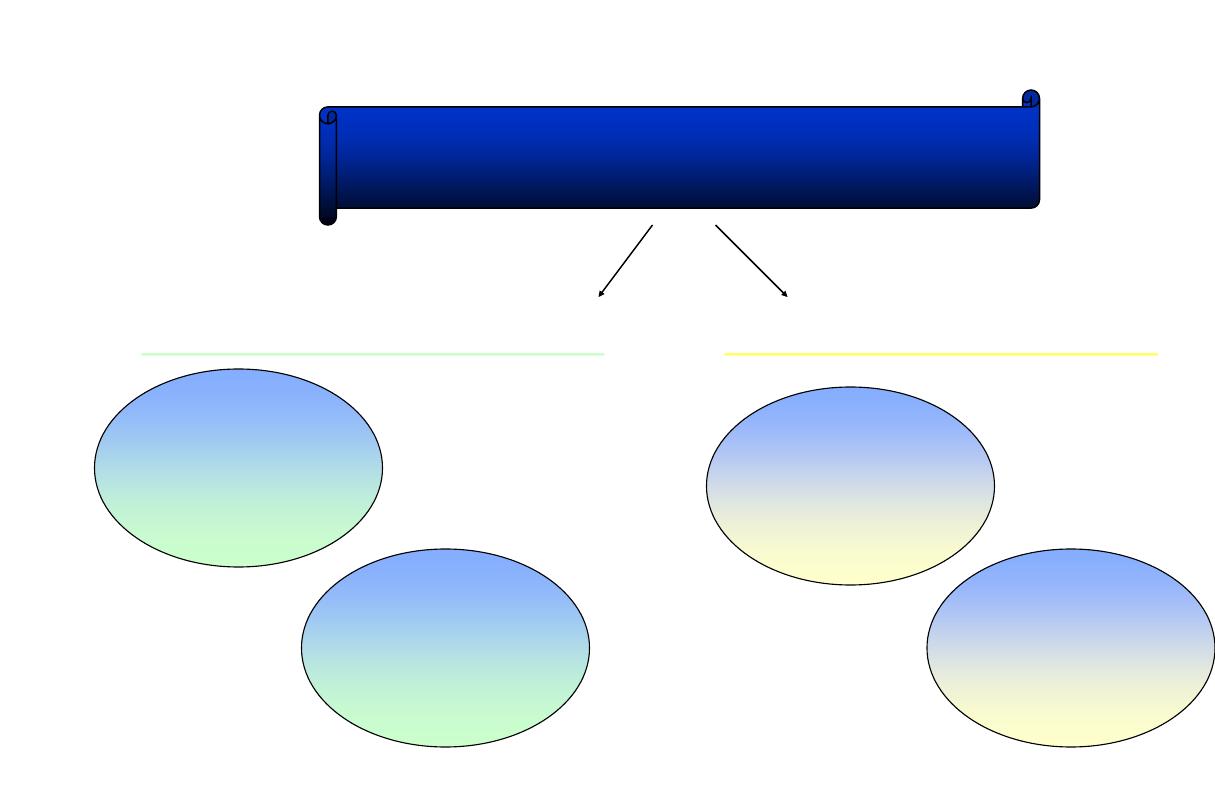
Quantitative
continuous
Types of variables
Quantitative variables
Qualitative variables
Quantitative
descrete
Qualitative
nominal
Qualitative
ordinal
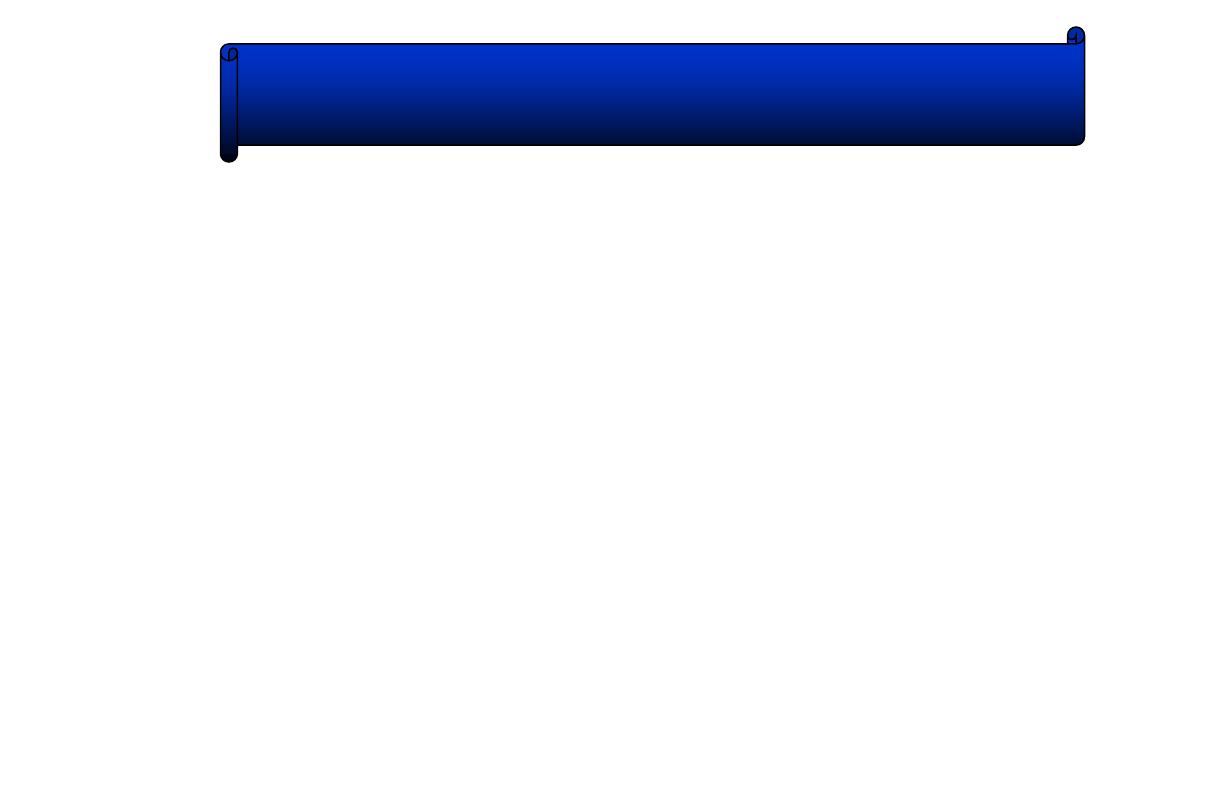
Numerical presentation
Graphical presentation
Mathematical presentation
Methods of presentation of data
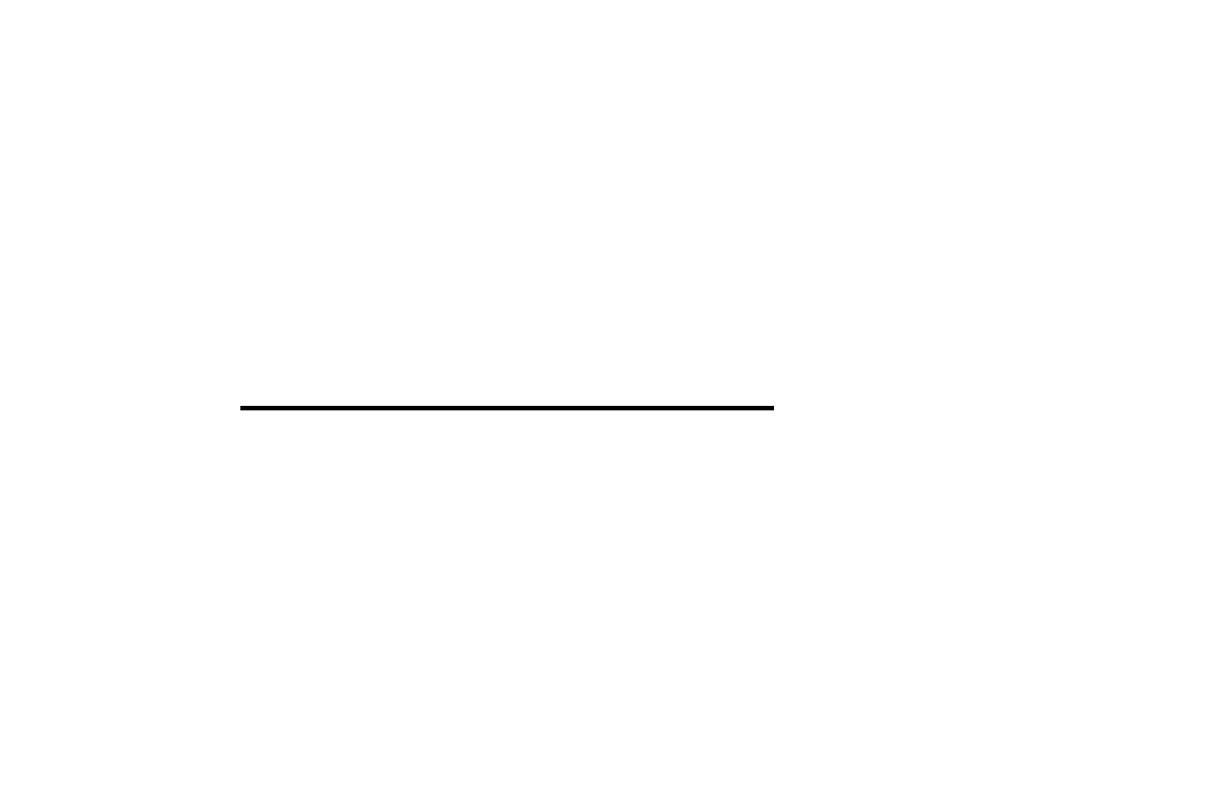
Source of data
We search for suitable data to serve as the
raw material for our investigation.
Such data are available from one or more
of the following sources:
1- Routinely kept records.
For example:
- Hospital medical records contain
immense amounts of information on
patients.
-
Hospital accounting records contain a
wealth of data on the facility’s business
-
activities.

2- External sources.
The data needed to answer a question may
already exist in the form of :
published reports e.g. WHO, UNICEF
commercially available data banks,
or the research literature, i.e. someone else has
already asked the same question.

3- Surveys:
The source may be a survey, if the data needed is
about answering certain questions.
http://www.cosit.gov.iq/en/mics-indicators

4- Experiments.
Frequently the data needed to answer
a question are available only as the
result of an experiment.

Variable: is a characteristics or a property that may
take on different values:
Height
Weight
Sex
Disease
Occupation
Religion

It is a characteristic that takes on different values in
different persons, places, or things.
For example:
- heart rate,
- the heights of adult males,
- the weights of preschool children,
- the ages of patients seen in a dental clinic.
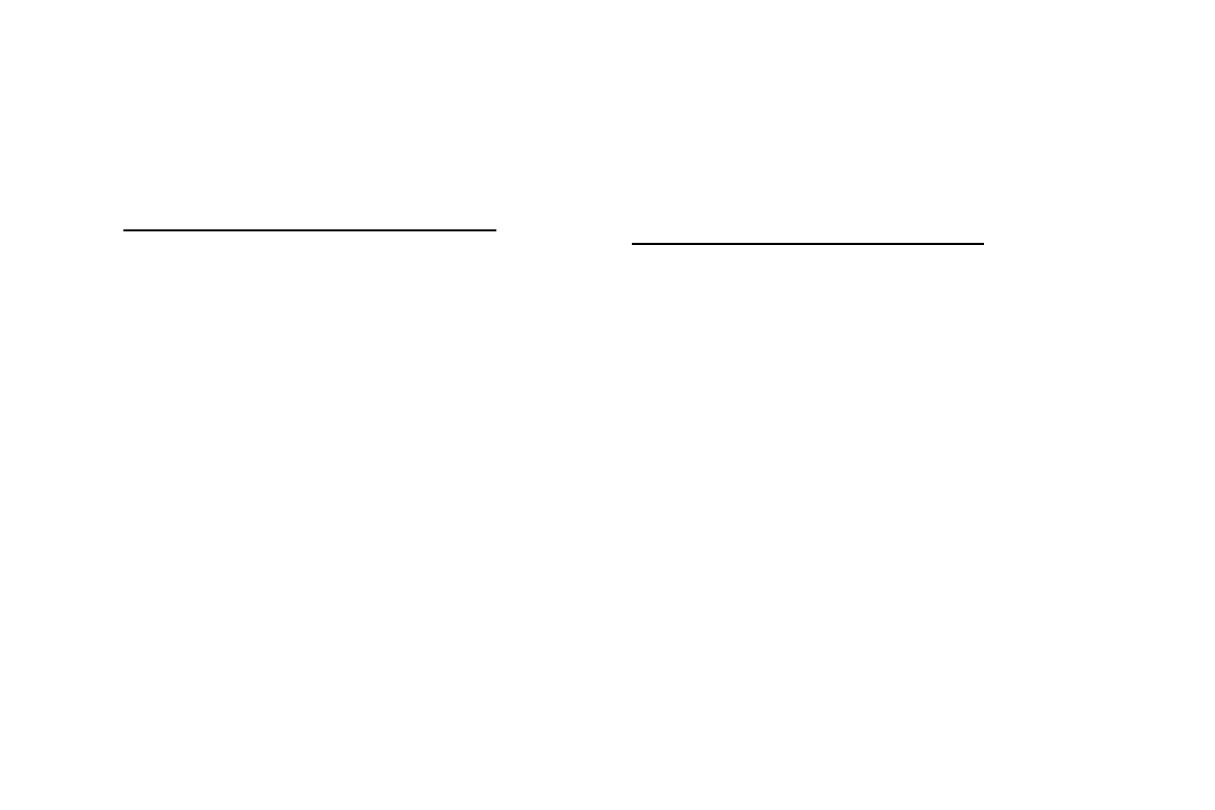
Quantitative Variables
It can be measured in the
usual sense.
For example:
- the heights of adult males,
- the weights of preschool
children,
- the ages of patients seen in
a dental clinic.
Qualitative Variables
Many characteristics are not
capable of being measured.
Some of them can be ordered
or ranked.
For example:
- classification of people into
socio-economic groups,
- social classes based on income,
education, etc.
15

discrete variable
is characterized by gaps or
interruptions in the
values that it can
assume.
For example:
- The number of daily
admissions to a general
hospital,
- The number of decayed,
missing or filled teeth
per child in an
elementary school.
continuous variable
can assume any value within a
specified relevant interval of values
assumed by the variable.
For example:
- Height,
- weight,
- skull circumference.
16

Two Meanings
Specific numbers
Method of analysis

Method of analysis
a collection of methods for planning experiments,
obtaining data, and then organizing,
summarizing,
presenting,
analyzing,
interpreting,
and drawing conclusions based on the data

Population
the complete collection of all elements (scores, people,
measurements, and so on) to be studied. The collection
is complete
in the sense that it includes all subjects
to be studied.
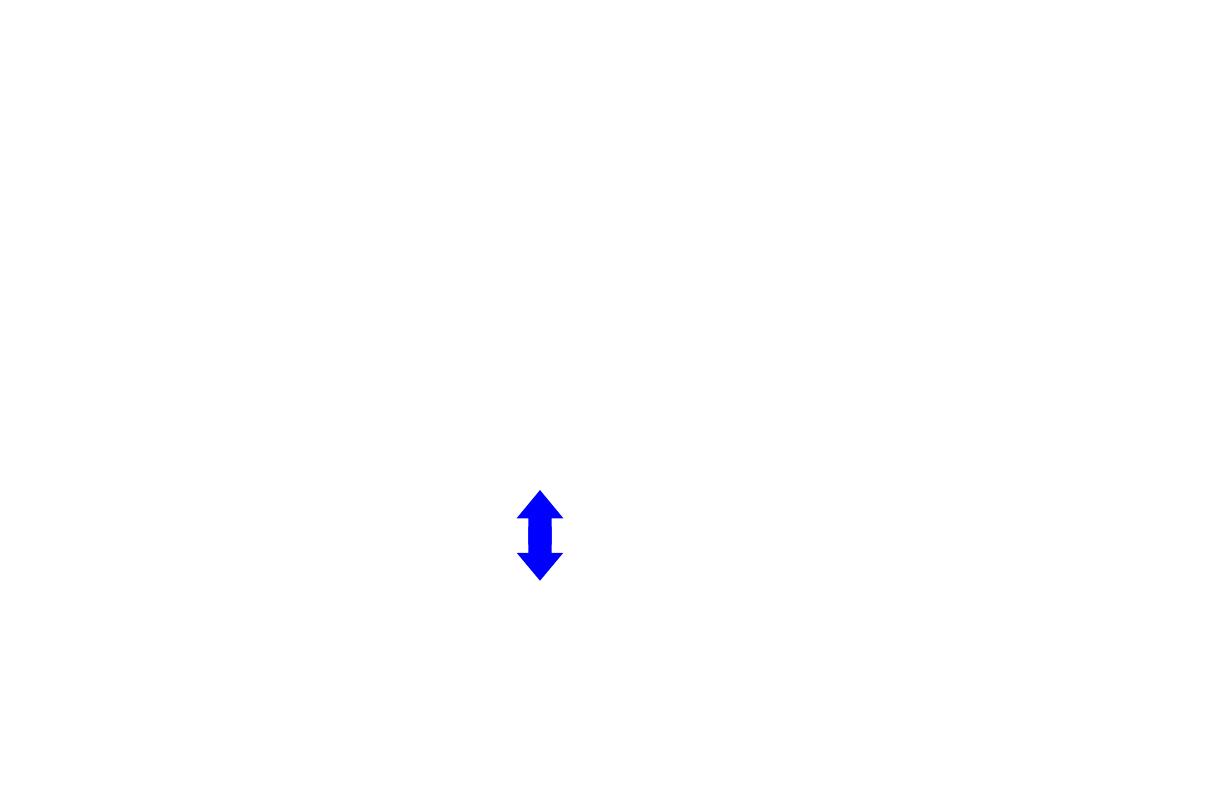
Parameter
a numerical measurement describing
some characteristic of a
population
population
parameter

Statistic
a numerical measurement describing
some characteristic of a
sample
